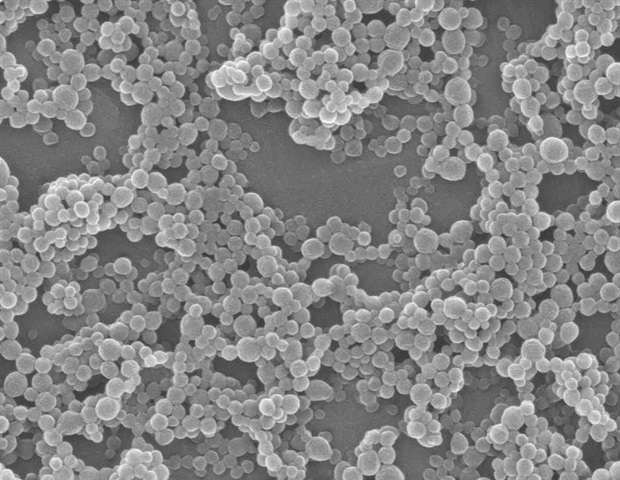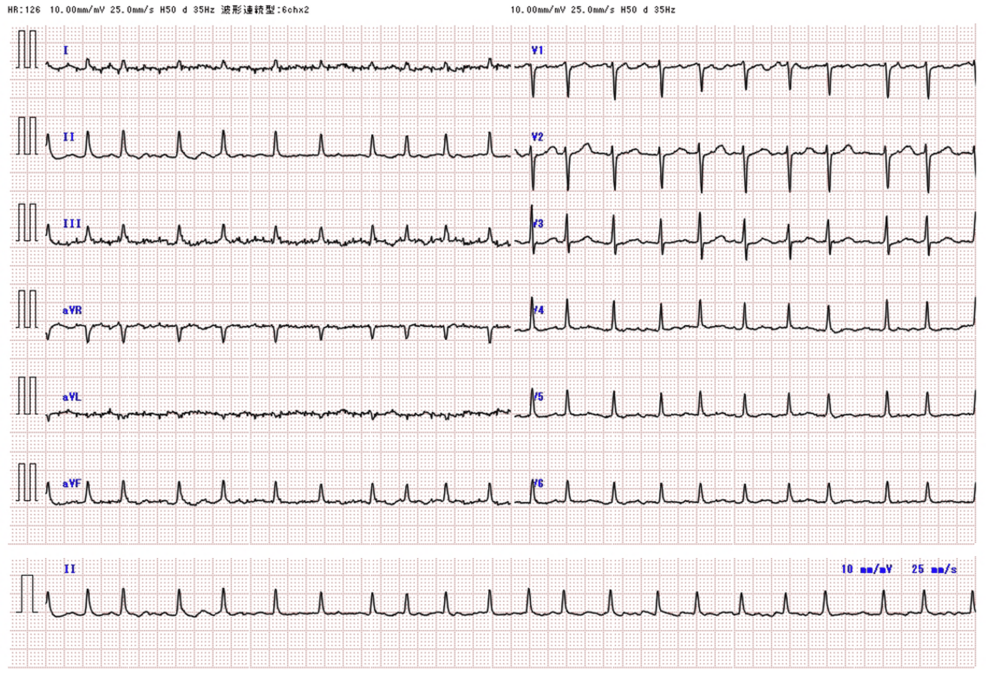In the form of a ‘nasal spray’, tiny gold particles act as carriers, delivering a treatment directly to the brain: developed by scientists at the Università Cattolica Rome campus/Fondazione Policlinico Universitario A. Gemelli…
Retuers Bangladesh’s dengue outbreak is worsening rapidly with infections and deaths climbing sharply across the country, health experts have said, warning the disease could spiral if urgent…







